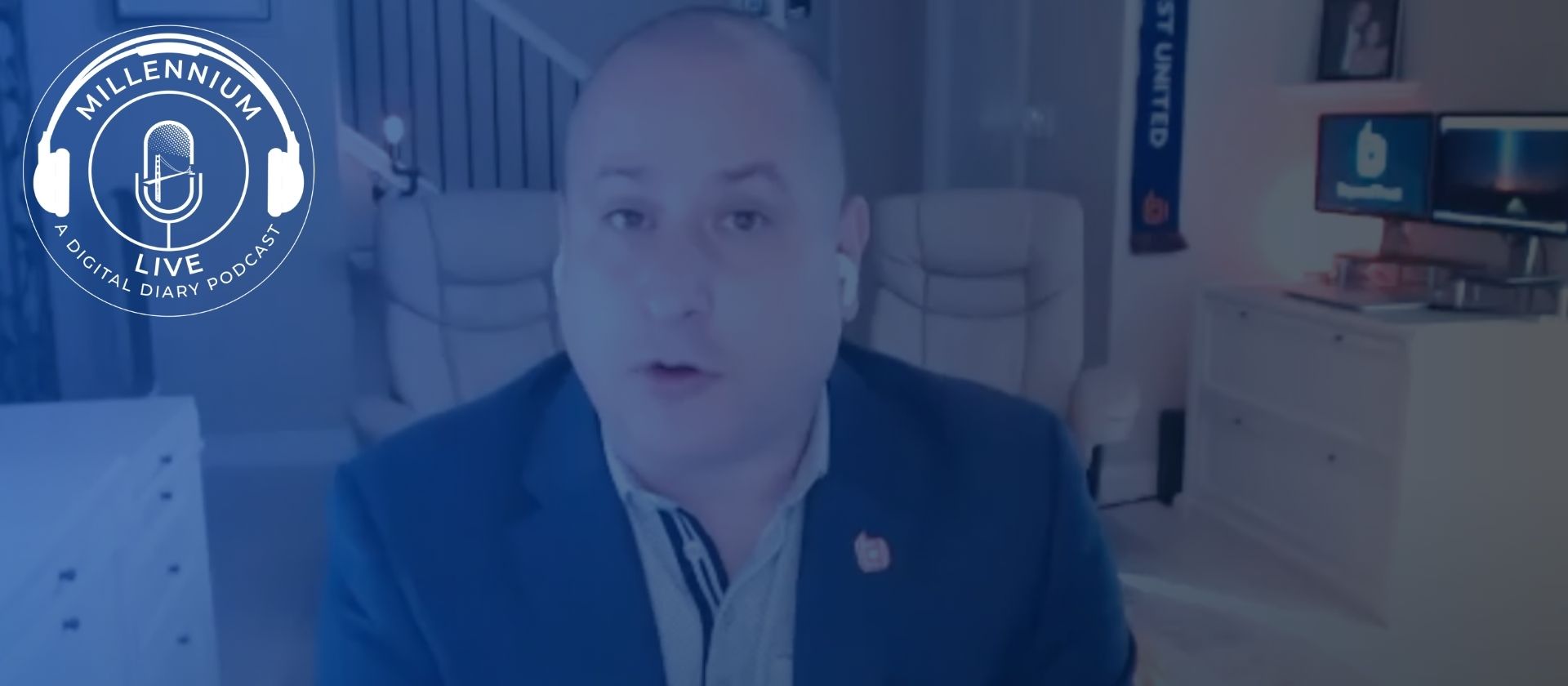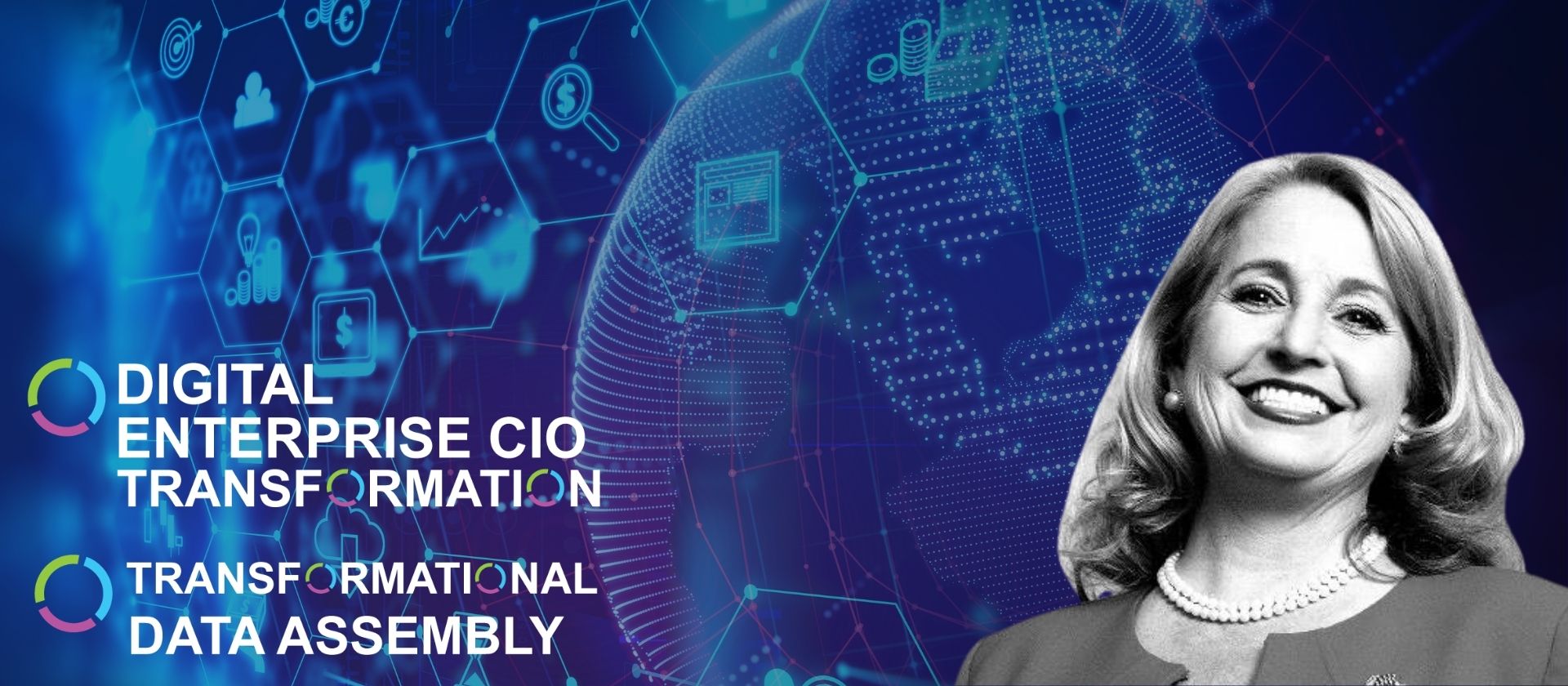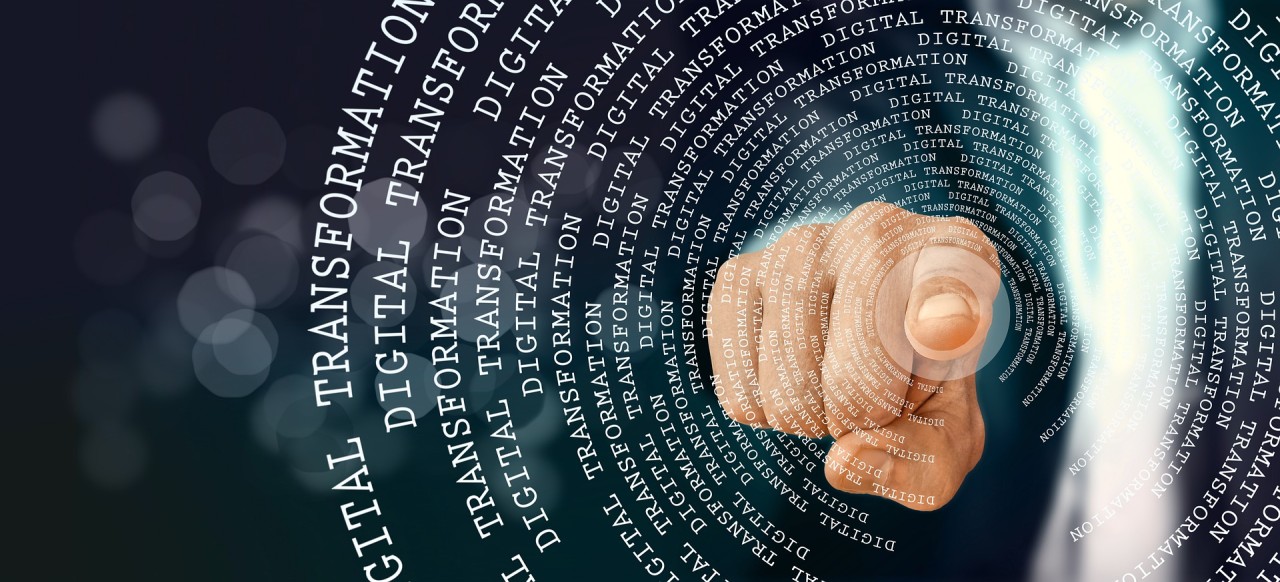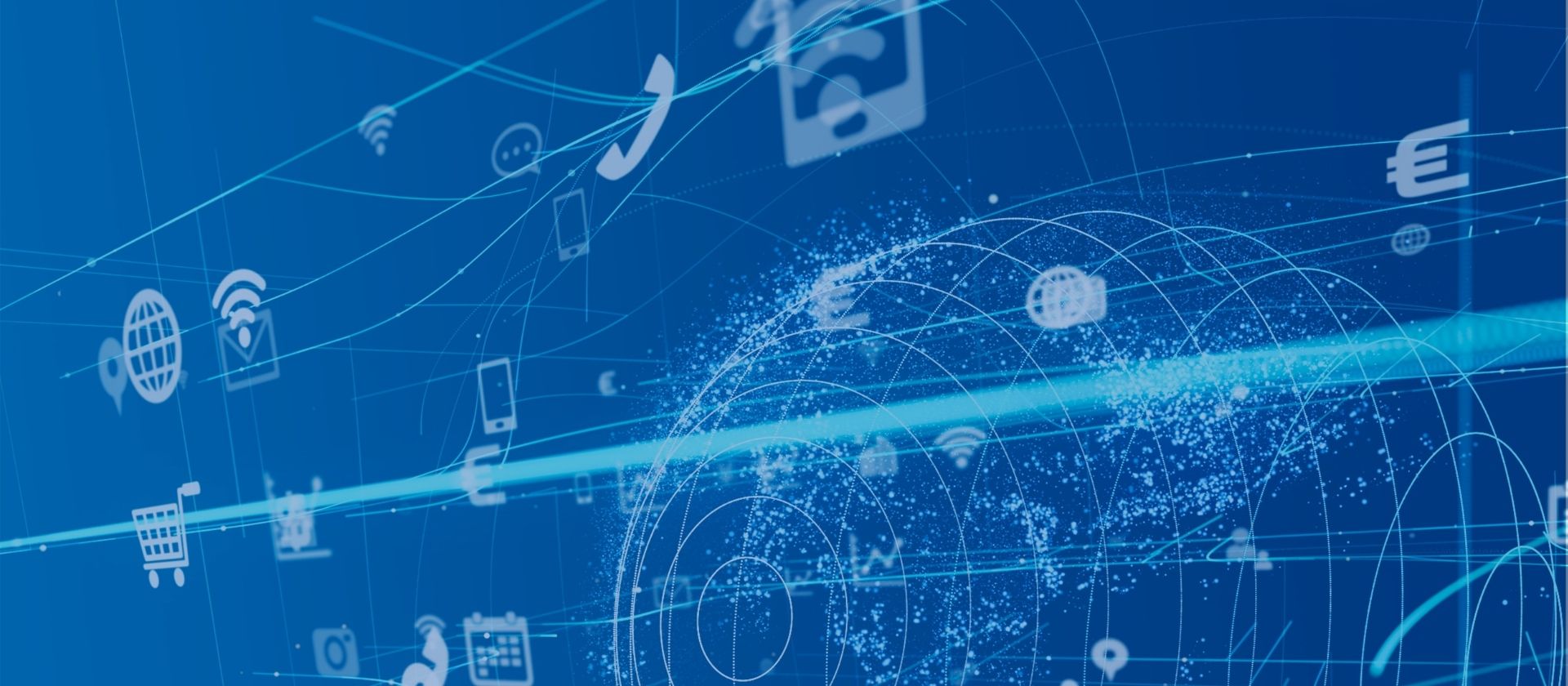There’s so much innovation and change occurring in the healthcare space right now, which is why we’re hosting two healthcare events this December! Our Transformational Healthcare Payers & Providers Virtual Assembly takes place on December 1-2, which is followed by our Digital Healthcare & Patient Experience Transformation Virtual Assembly on December 3-4. Interested in joining a virtual assembly? Go here to RSVP for Healthcare Payers and Providers, or here to RSVP for Digital Healthcare and Patient Experience.
 Healthcare Payers & Providers Assembly with Keynote Craig Richardville
Healthcare Payers & Providers Assembly with Keynote Craig Richardville
Our Payers & Providers will be joined by Keynote Craig Richardville, SVP, CIO & Digital Officer at SCL Health and member of The Millennium Alliance Advisory Board. His responsibilities include leading all aspects of the health system’s information technology and digital services strategy, operations, information security, and analytics assets in leading the system’s digital transformation and information automation. Previously, he served as owner and president of Richardville Consulting LLC, and served as Senior Vice President & Chief Information and Analytics Officer at Atrium Health for more than 20 years where he transformed the growing company into a national leader in the effective use of technology, data, and digital services as a differentiator. Craig notably earned the prestigious 2015 John E. Gall, Jr. National CIO of the Year Award in healthcare. Mr. Richardville was also awarded in 2017 the Charlotte CIO of the Year and in 2020 Colorado CIO of the Year for his continued impact using technology and digital assets.
 Digital Healthcare & Patient Experience Assembly with Keynote David Edelman
Digital Healthcare & Patient Experience Assembly with Keynote David Edelman
The Digital Healthcare & Patient Experience Virtual Assembly kicks off with our Keynote David Edelman, the Former CMO at Aetna and present-day consulting leader in Digital Transformation and Marketing Strategy. David Edelman has built a global reputation, grounded by his development of foundational marketing concepts such as “The Customer Decision Journey,” and “Segment-of-One Marketing.” He has been repeatedly recognized by Forbes as one of the “Most Influential CMOs in the
World,” and by AdWeek as one of the “Top 20 Marketing and Technology Executives.” His writing and work has attracted over 1.2 million followers to his LinkedIn blog. For the last four years, David served as Chief Marketing Officer of Aetna, now part of the $200B healthcare giant CVS Health, and ran its “Digital First” enterprise modernization program. He drove a broad transformation at Aetna, rebranding the 166 year-old company, implementing real-time analytics, and building agile operations.
Healthcare Innovation Starts Here
Digital Transformation involves ongoing exploration by today’s leaders, and our best advice is to not trek the journey alone. Our Digital Healthcare Transformation Virtual Assembly coming this December is set to be a groundbreaking opportunity for leaders to virtually connect on the current trends & challenges the industry is facing amid COVID-19. Our assemblies are virtual for the time being, but you can still expect the same high-level discussion & networking as a Millennium onsite experience.
We know what you’re thinking…
This isn’t Your Run-of-the-Mill Zoom Conference.
Our Founders, like many C-Suite executives today, became disillusioned by the slew of healthcare webinars, summits and events on the market today that promised “world class networking” opportunities with leading industry decision-makers. In reality, they found that these events had antiquated & impersonal discussion topics, and quite frankly, it seemed like just about anyone could attend the event.
We’re serious about executive education. Our assembly agendas are data-driven and curated from our industry-expert Advisory Board, a group of 26 industry movers and shakers with a proven record of digitally transforming organizations from the ground-up. Our topics of discussion reflect the most poignant & relevant challenges the industry is facing at the time of the assembly. Our goal is to change the way leaders look at executive education, and you won’t find this level of content, discussion, and networking anywhere else. We’re on the journey to digitally transform the patient experience industry with you.
Interested in joining? Reach out to us at info@mill-all.com to RSVP for the virtual assembly!







 Healthcare Payers & Providers Assembly with Keynote Craig Richardville
Healthcare Payers & Providers Assembly with Keynote Craig Richardville Digital Healthcare & Patient Experience Assembly with Keynote David Edelman
Digital Healthcare & Patient Experience Assembly with Keynote David Edelman

